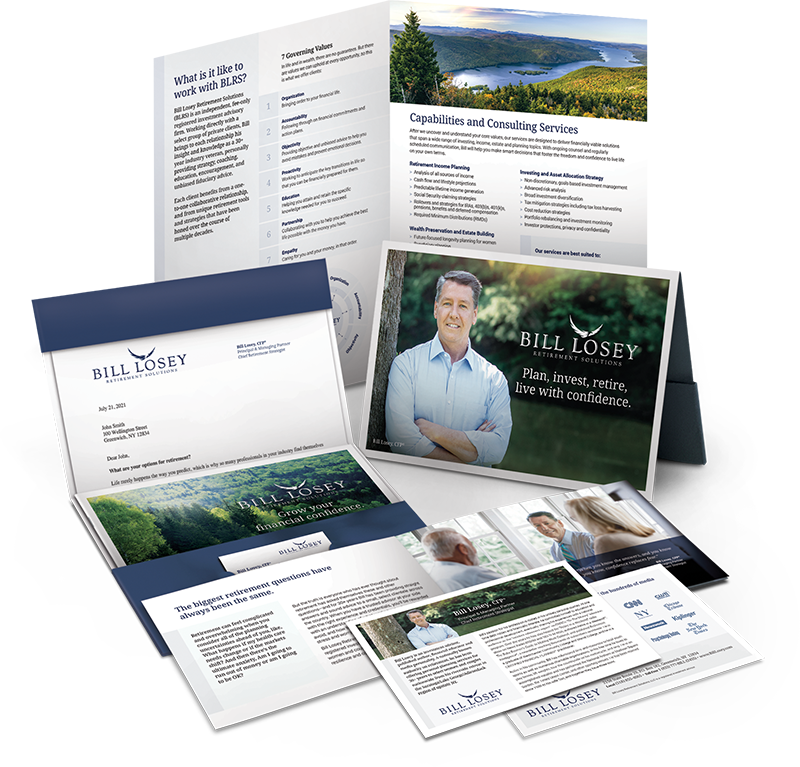The 2% Opportunity
What would you do with an extra $1,000 or $2,000? The Tax Relief Act of 2010 will give many of us the equivalent of a 2% raise in 2011. Employee payroll taxes have been cut from 6.2% to 4.2% this year. So if you pay into Social Security, you are looking at a rise in your take-home pay. What are your plans for that extra money?
How about directing it into your 401(k) or IRA? That 2% “raise” will show up in your paychecks throughout the course of the year – it will come to you incrementally rather than as a lump sum. Still, 2% is nothing to scoff at – if you make $50,000 in 2011, you’re looking at $1,000 of found money.
What could $1,000 do for you over 20 or 30 years? Well, let’s see. If you invest $1,000 today and simply let it sit there for two decades with a 6% annual return, you end up with $3,207.14 in principal and interest. If the initial grand just sits there for 30 years at 6% interest, it turns into $5,743.49. (That’s using annual compounding – if you plug in 30 years of daily compounding, it becomes $6,048.75.)
Let’s say you take this one step further and direct an extra $1,000 into your 401(k) for 30 straight years beginning in 2011. Let’s be reasonably optimistic and assume an 8% annual rate of return across that time. Under those conditions, your $30,000 aggregate contribution would turn into about $125,000 with compounding – and that’s not even considering the possibility of an employer match to your 401(k) during some or all of those years.
The money is significant for a couple. If you and your spouse each make $70,000, that’s an extra $2,800 coming to the two of you in 2011 (assuming you and your spouse don’t work for the government, the railroads or in some capacity where you don’t pay into Social Security). Everyone wants a little more retirement income, and directing 2% into your retirement plan for one year or multiple years could help.
While we’re on the subject of retirement income, the White House says that the payroll tax cut will have no effect on a worker’s future Social Security benefits.
Other options for the 2% tax break. Most Americans will simply spend the money resulting from this tax break. That’s not exactly a negative: the Obama administration visualized this as a way to pump up consumer spending.
Yet if you don’t devote the money to your 401(k), you have a number of alternatives besides spending it.
- You could open a Roth IRA with the money.
- You could create a rainy-day fund. Set up an auto-transfer of the money from your checking account to your savings account. Let that $800 or $1,000 or $1,600 or whatever accumulate during the course of the year.
- If you have a rainy-day fund, you could put the money auto-transferred to your savings account across 2011 into a CD at the start of 2012 (when interest rates just might be higher).
- You could use the found money to pay off credit card debt or other consumer debts.
- You could even make an extra home loan payment at the end of 2011 (should it make financial sense to do so).
Don’t underestimate the potential of this tax cut. If you and your spouse each make $80,000, that’s an extra $3,200 between you in 2011 (assuming you and your spouse don’t work for the government, the railroads or in some capacity in which you don’t pay into Social Security).
This tax holiday could even be prolonged. In recent decades, we have seen some “temporary” tax cuts stick around. If the jobless rate stays above 8% through 2011 (and it might), voices in Congress might push to extend the payroll tax cut for another year. It could happen, provided the federal government finds a way to direct more money into Social Security.


